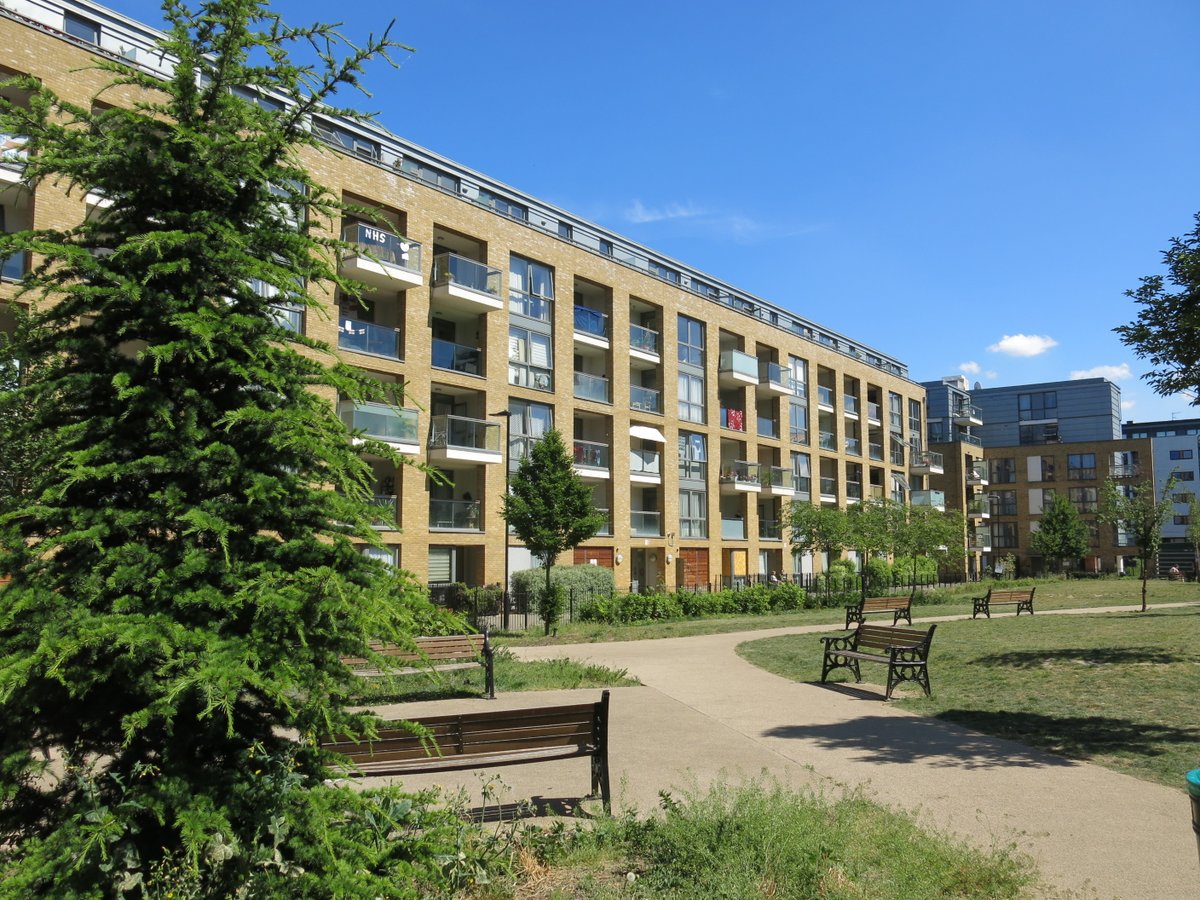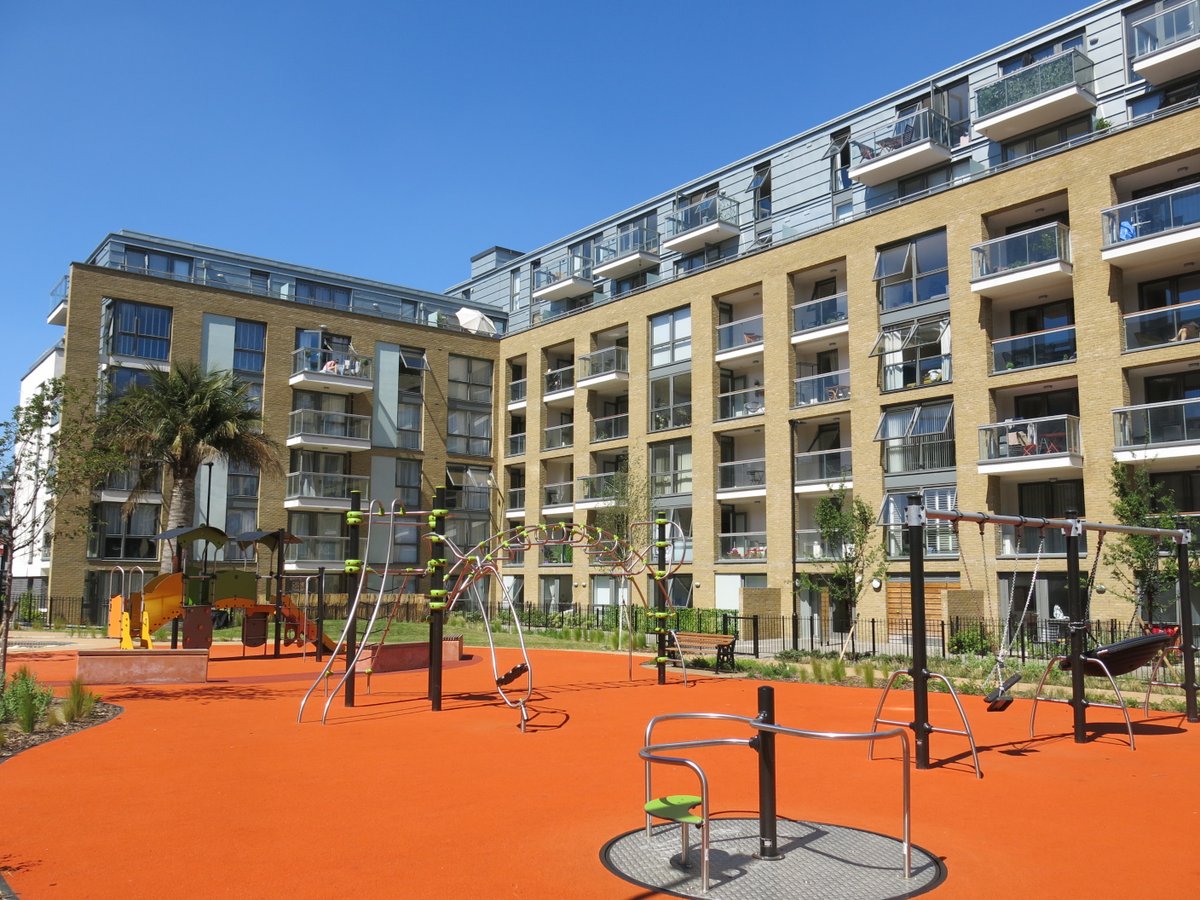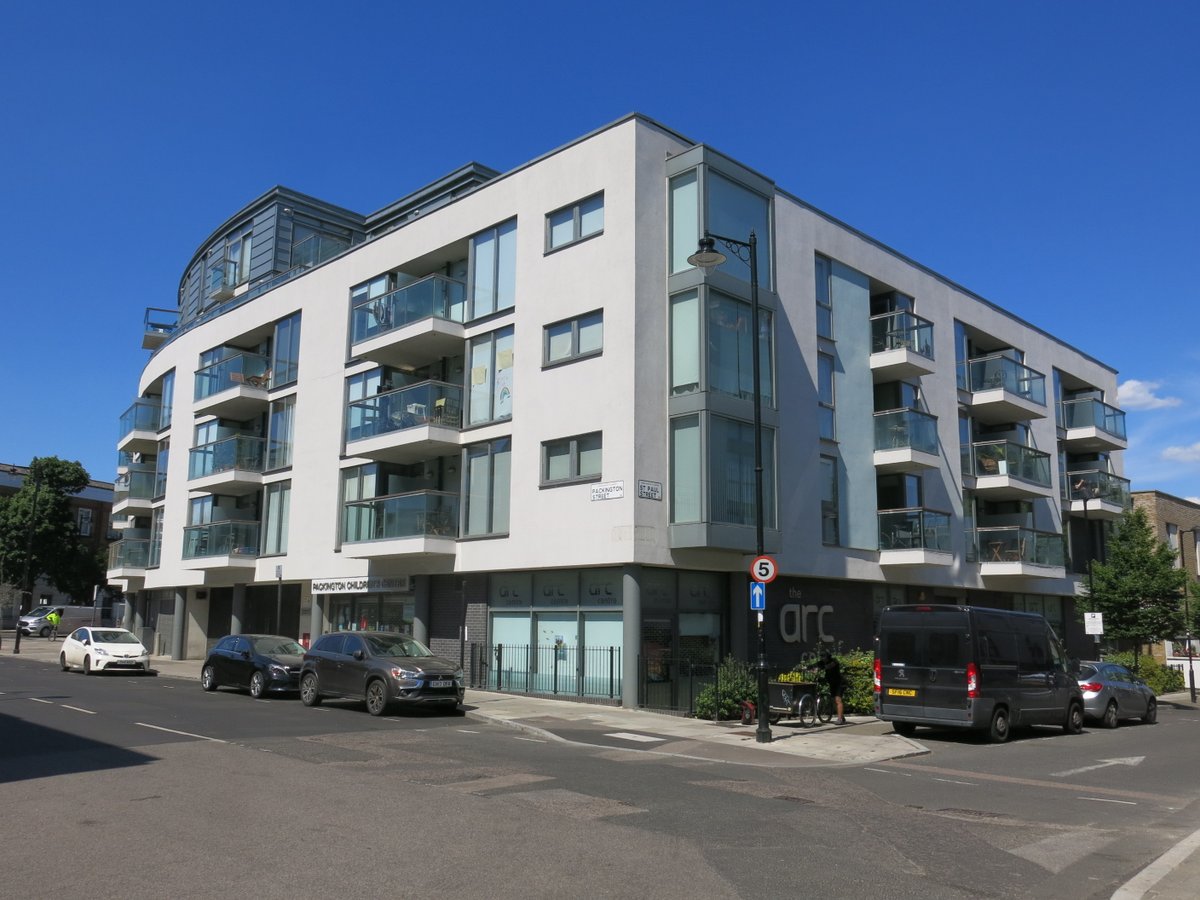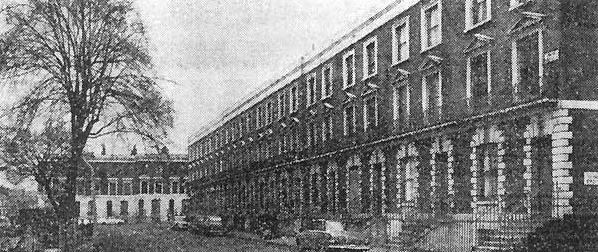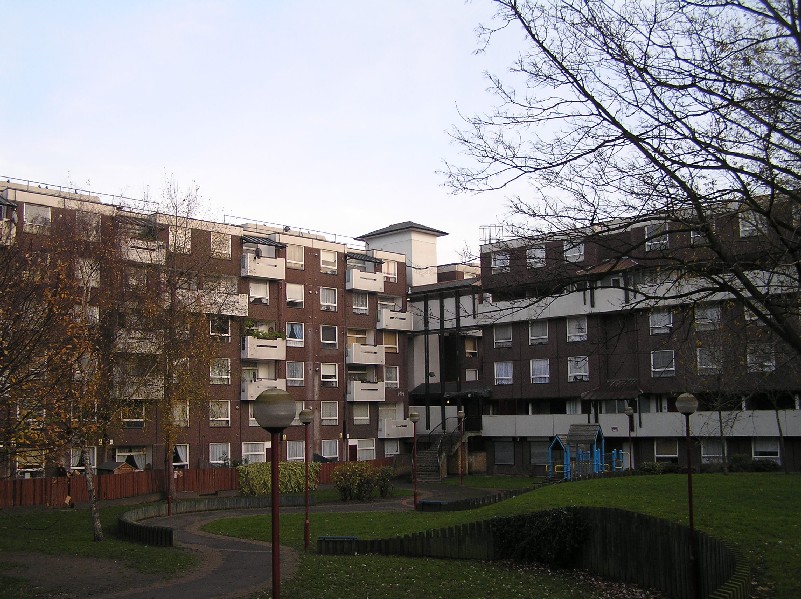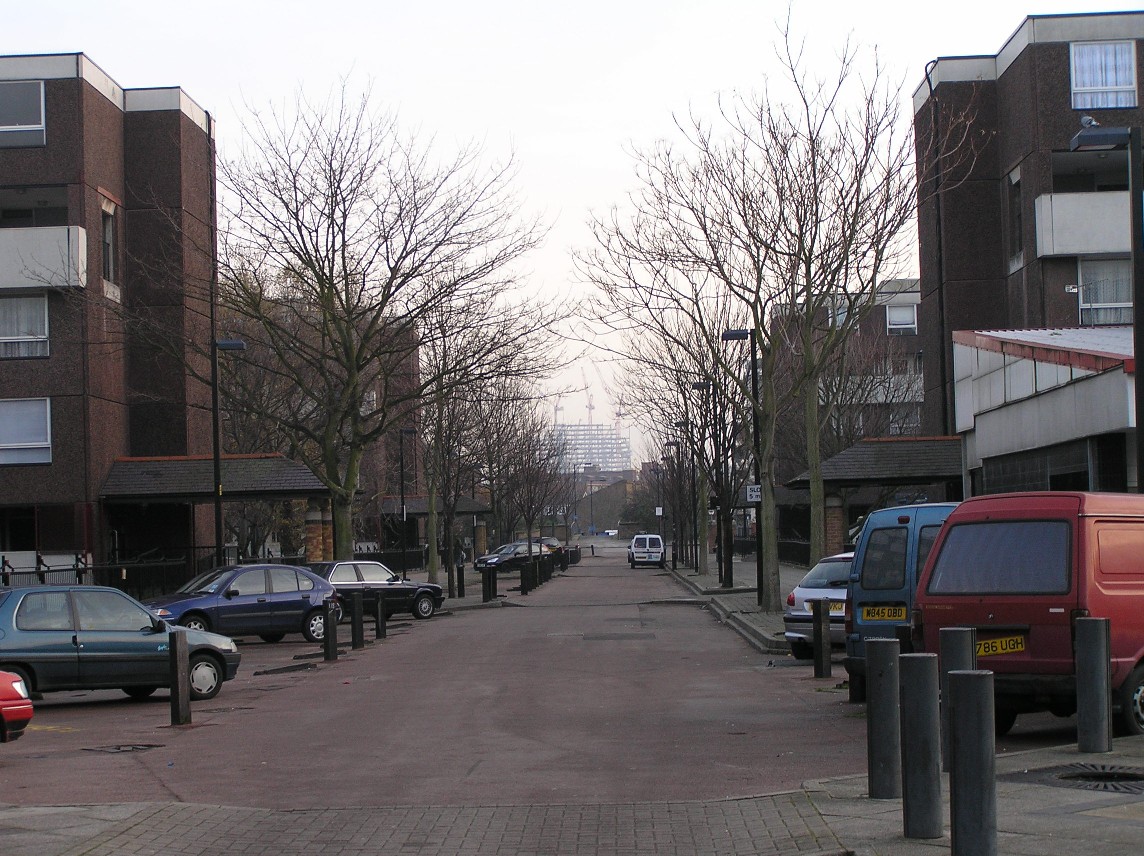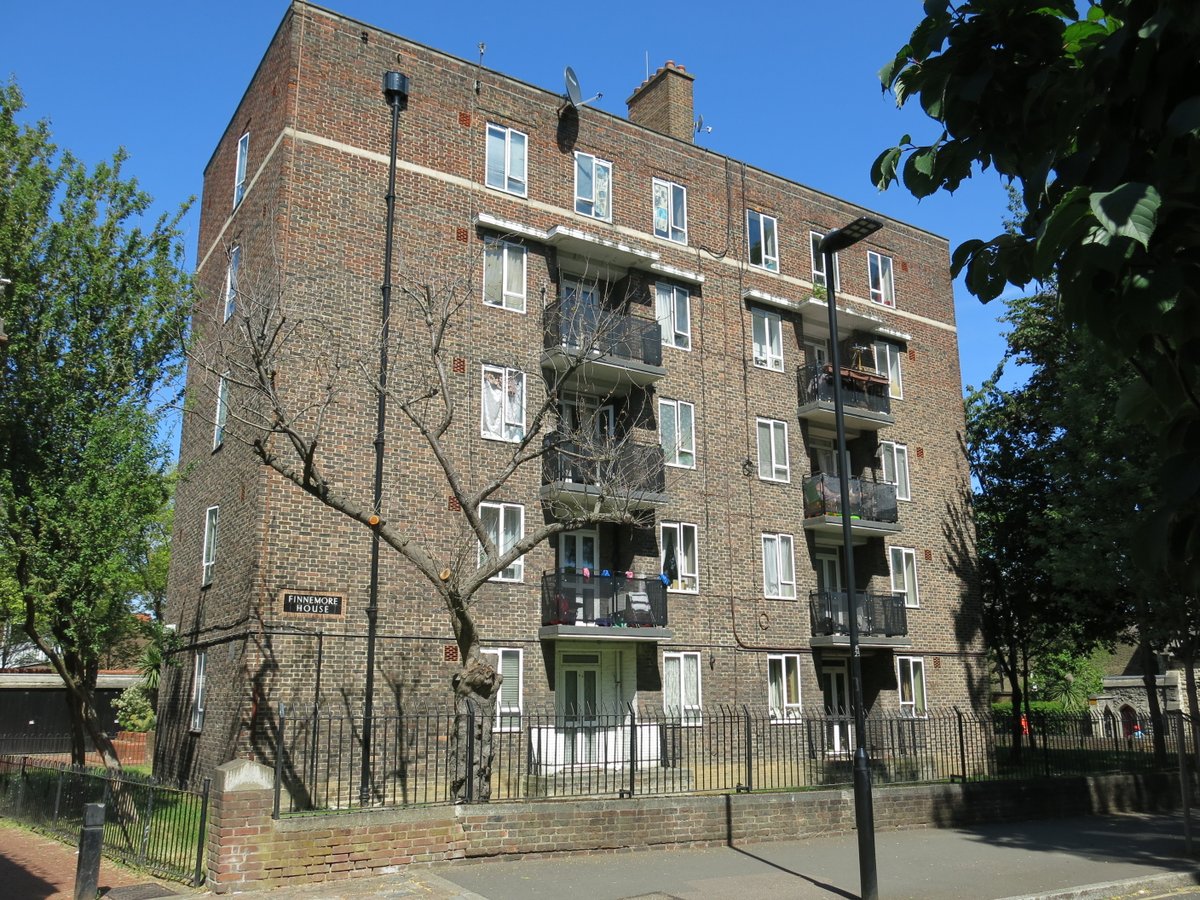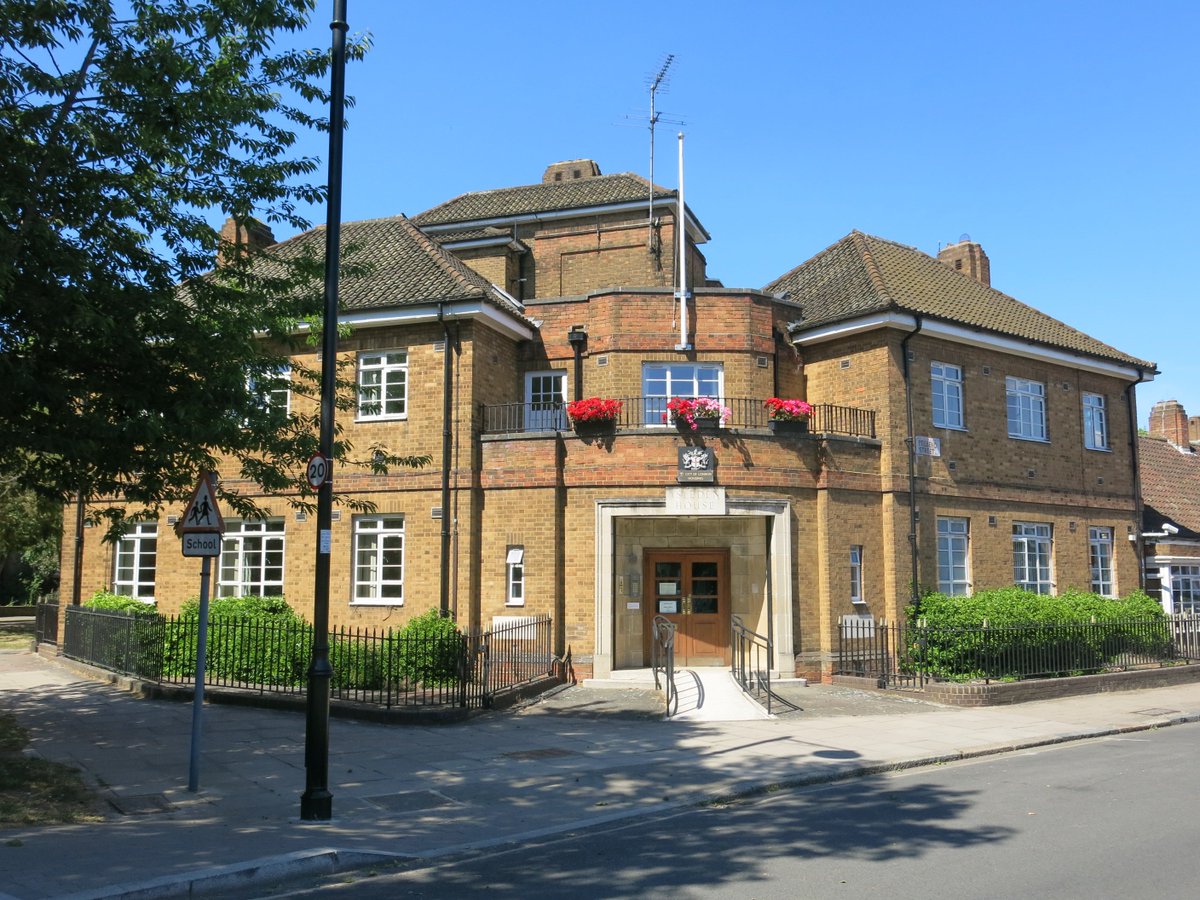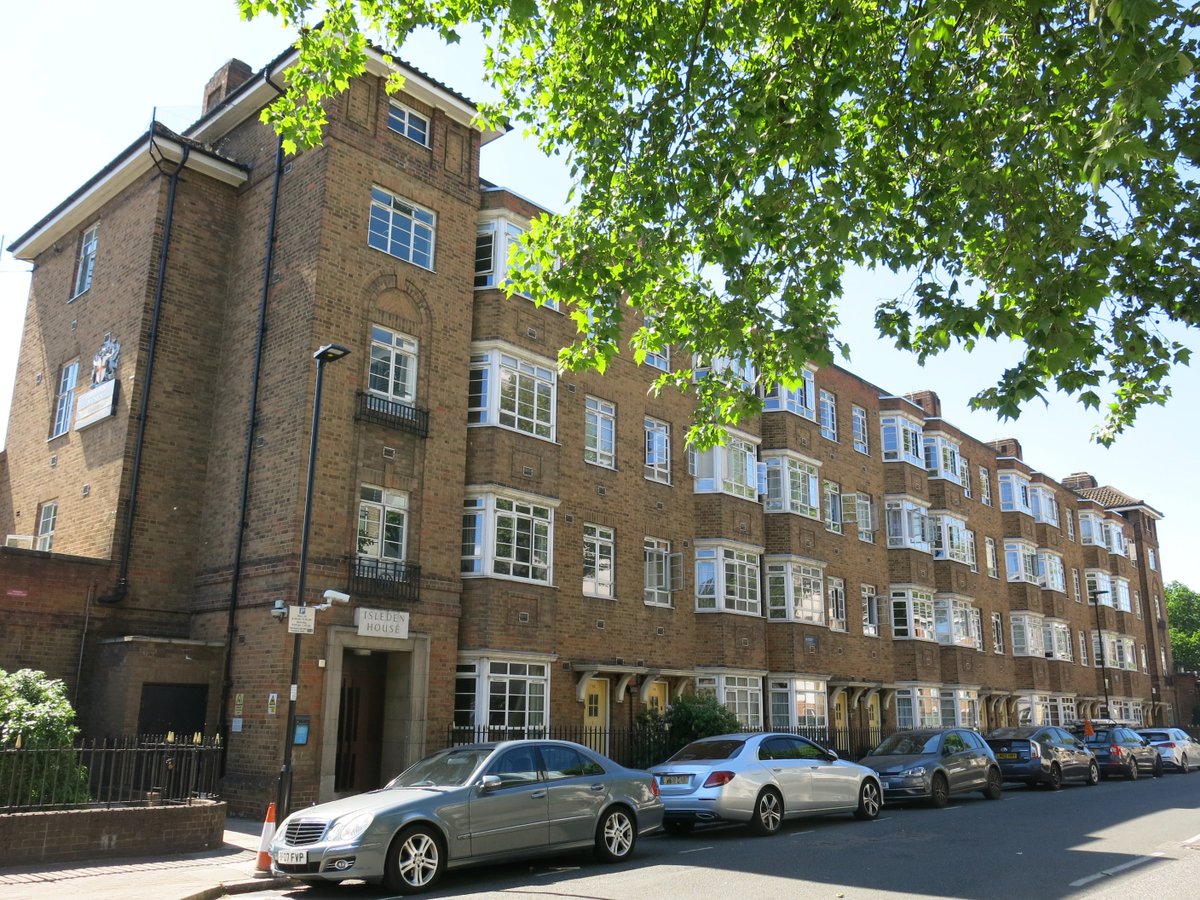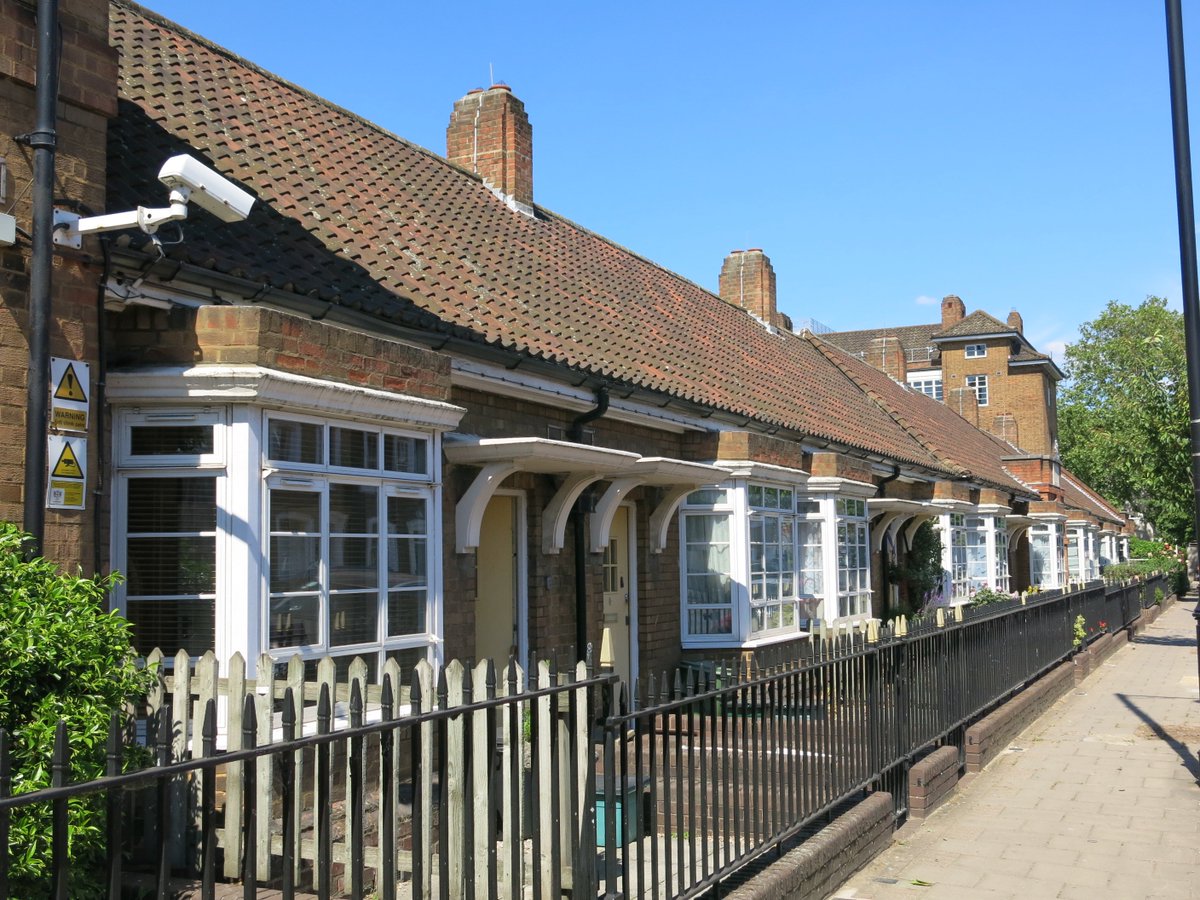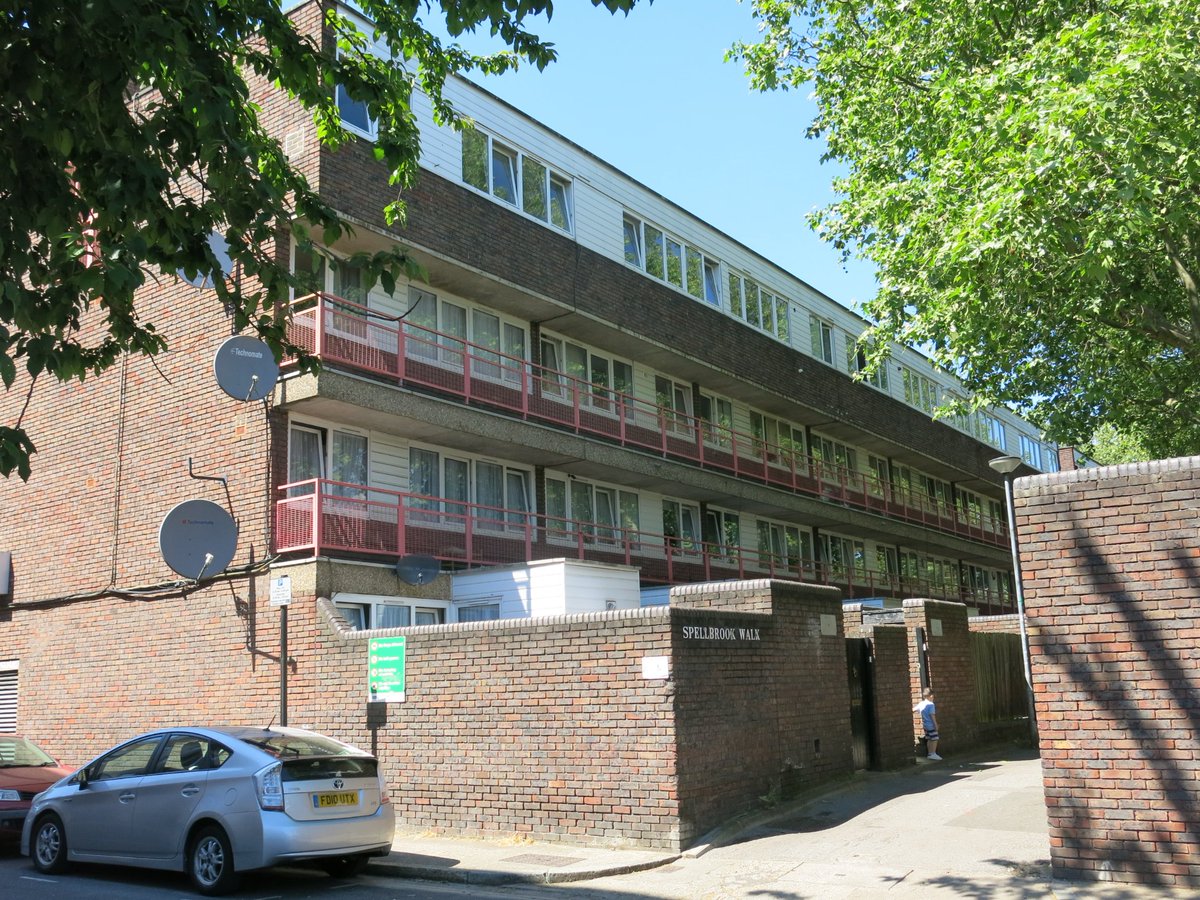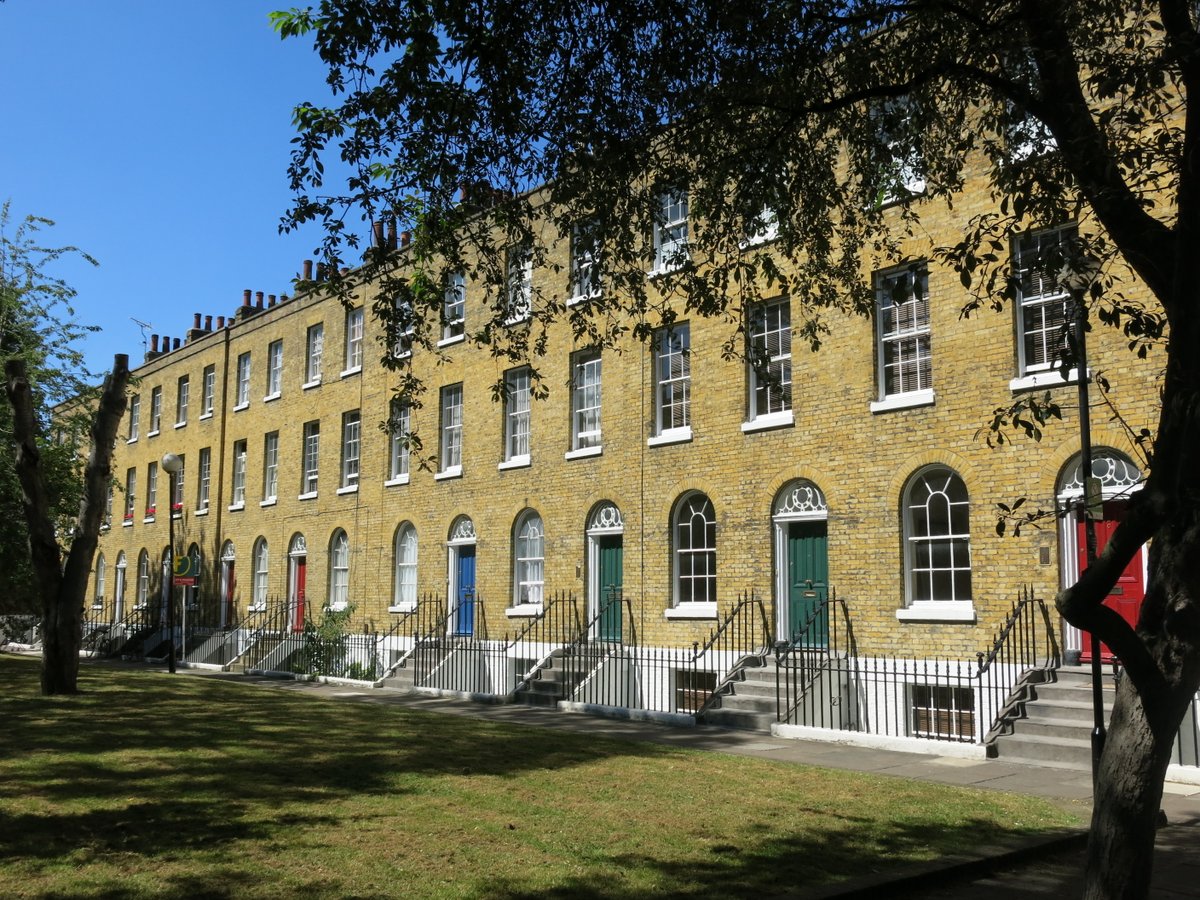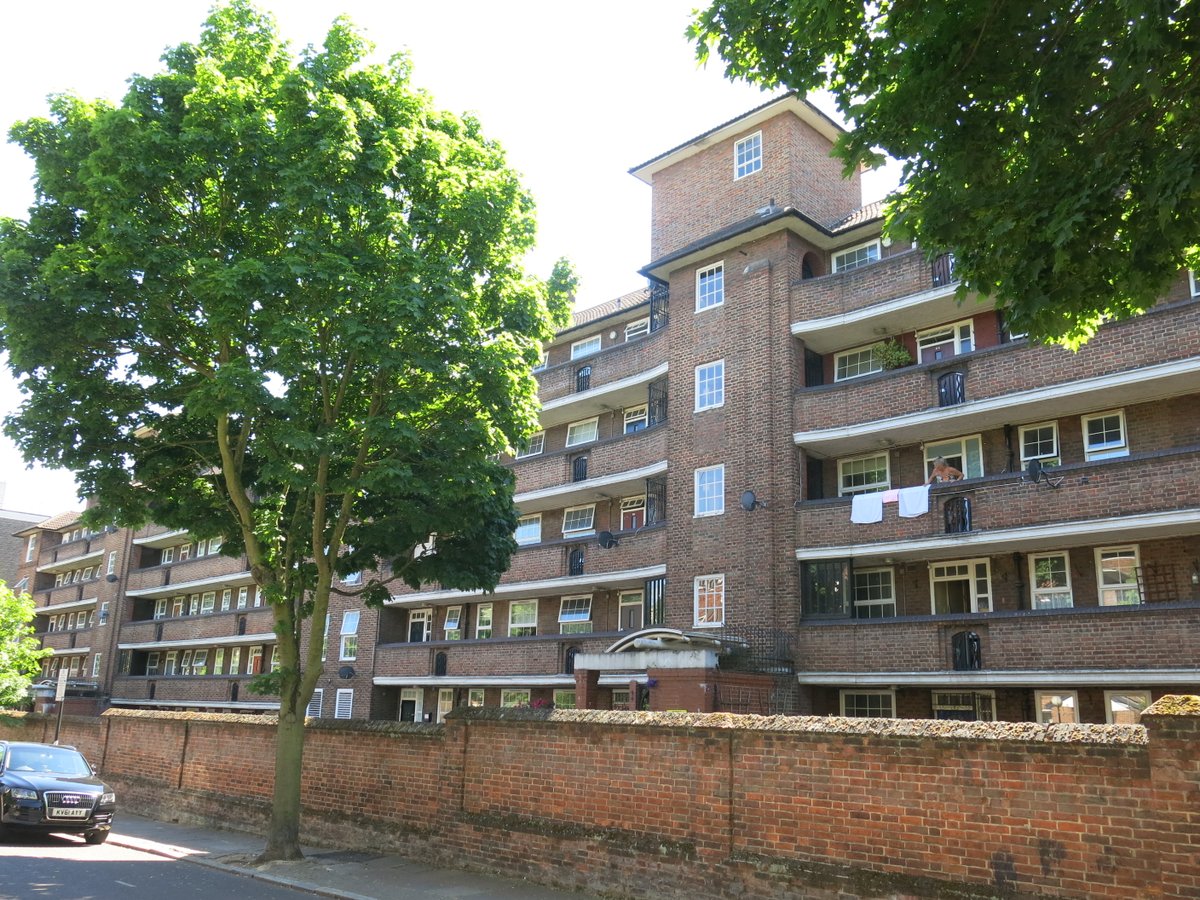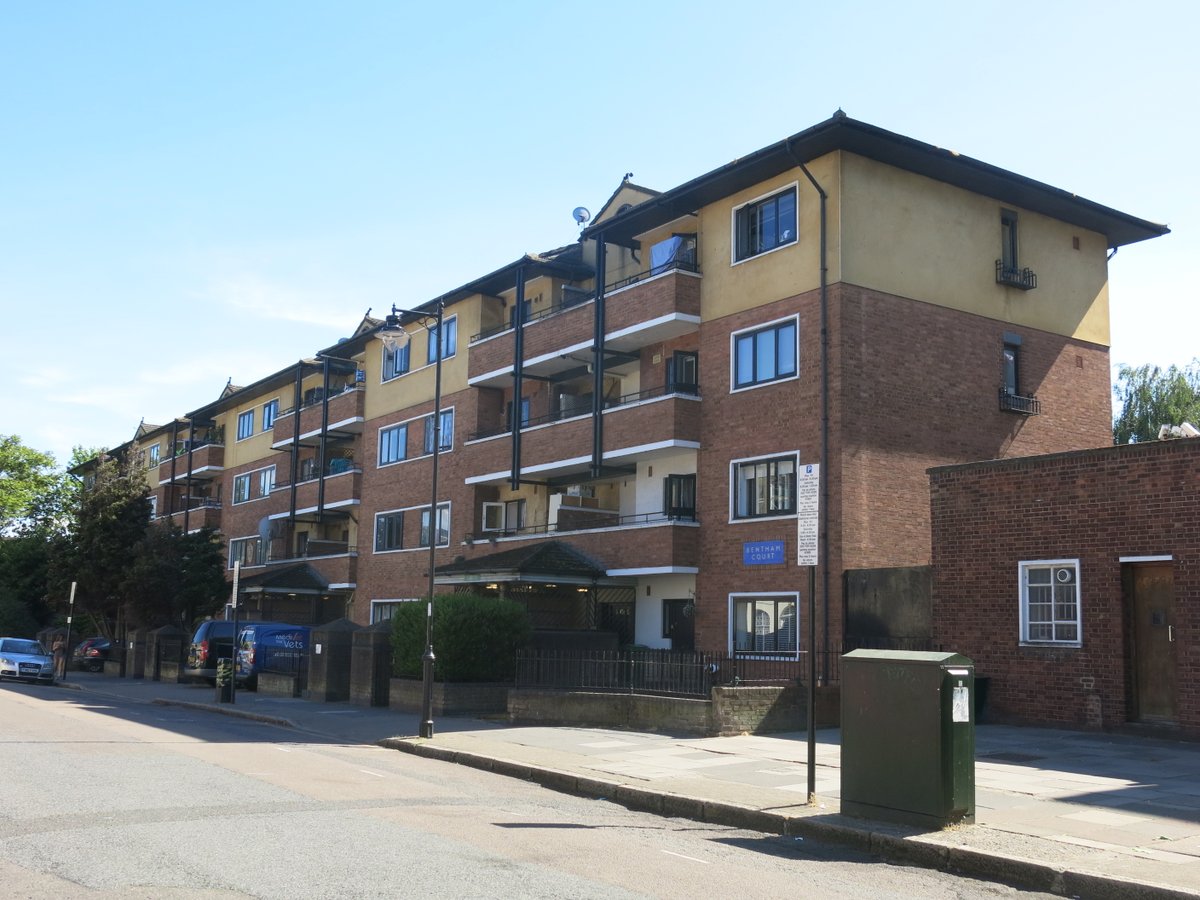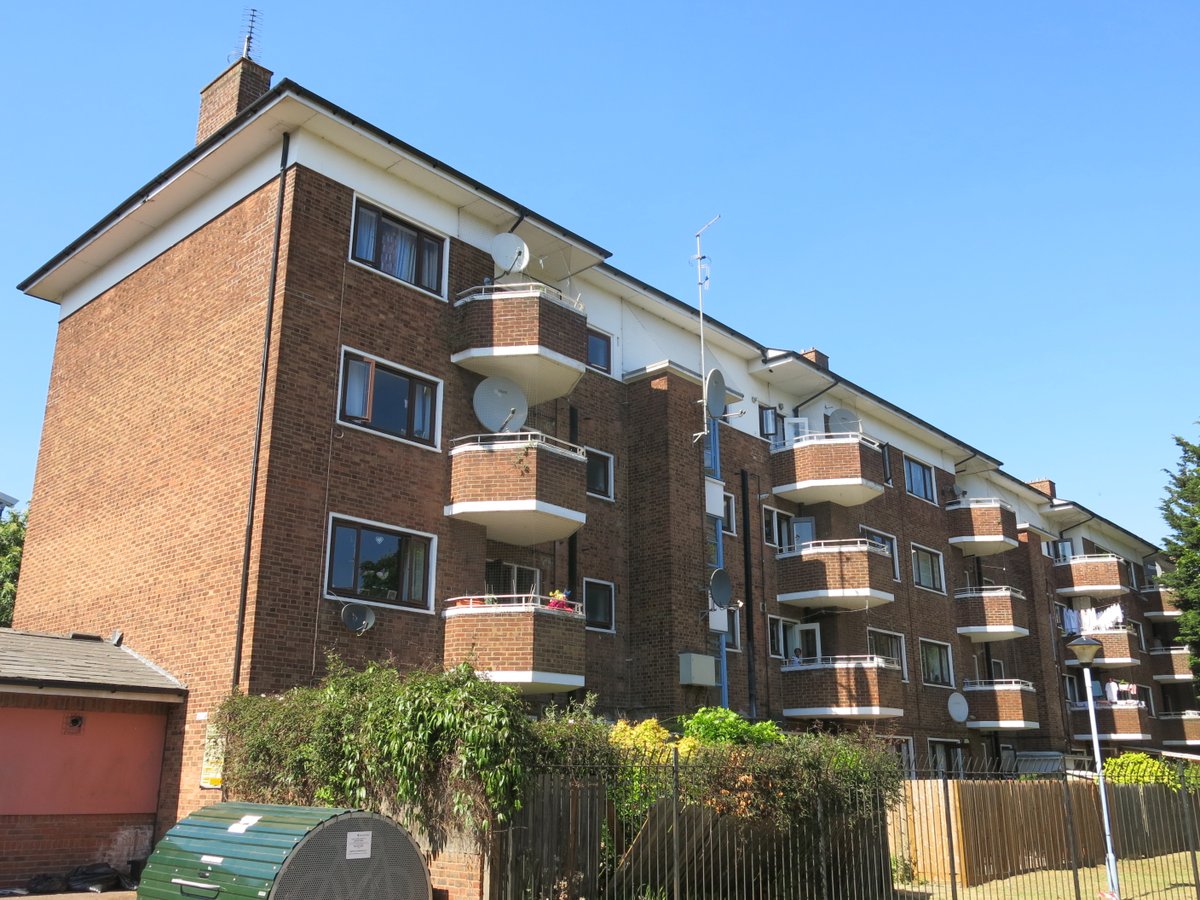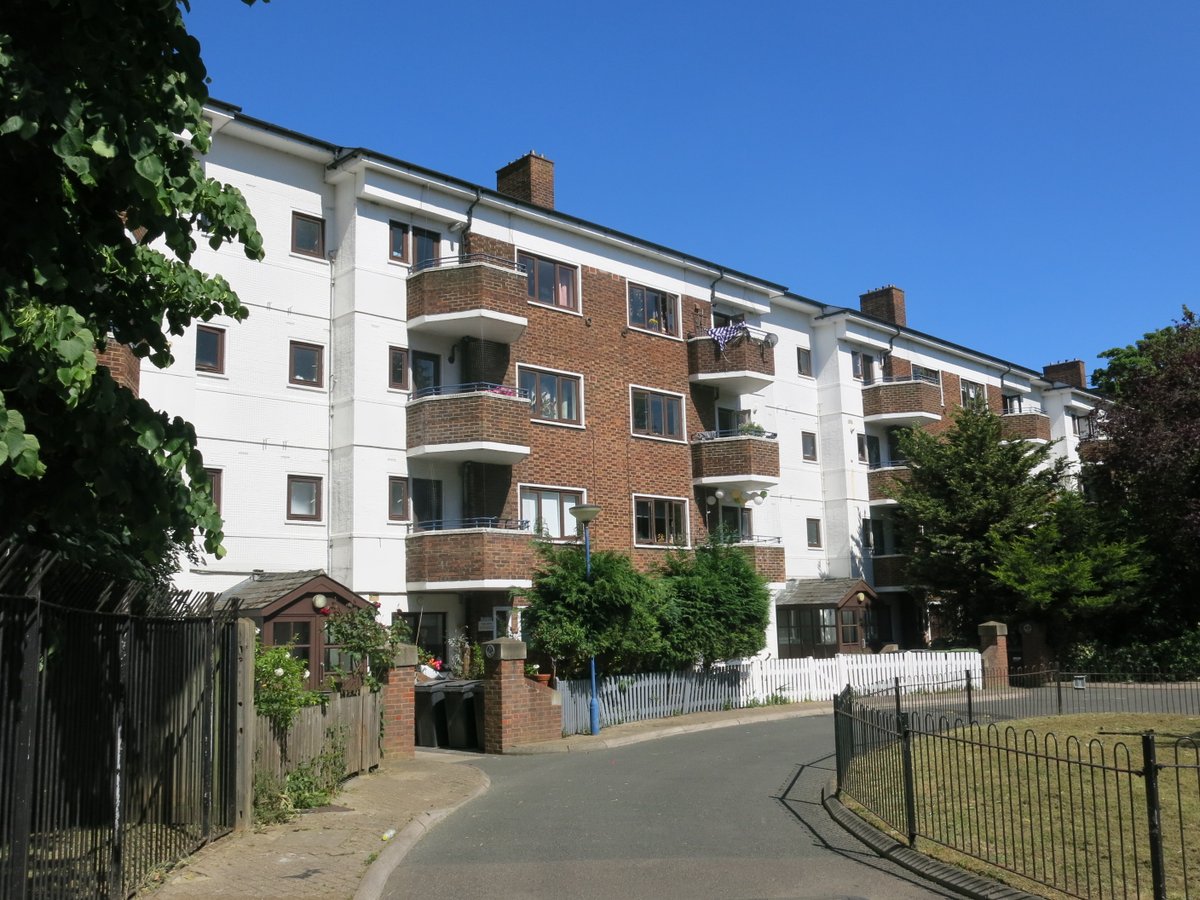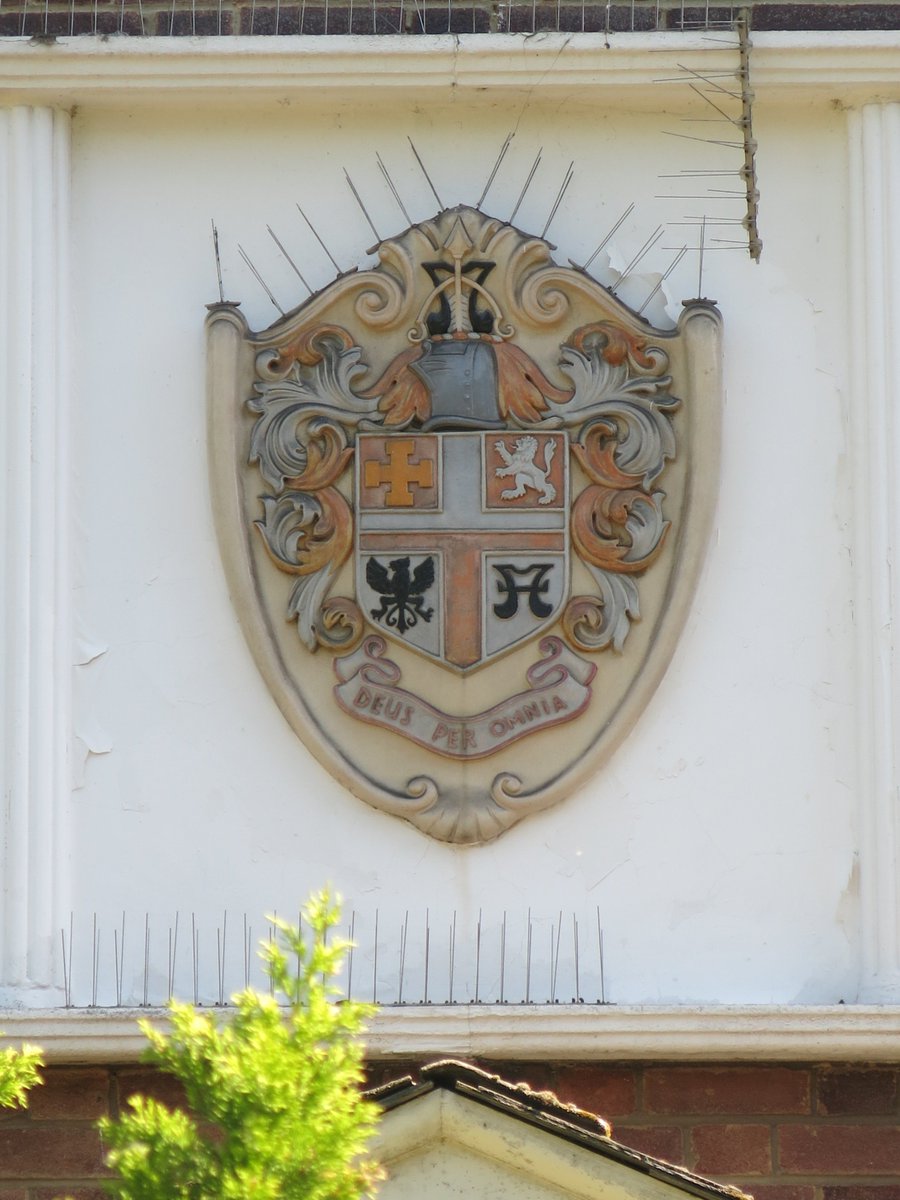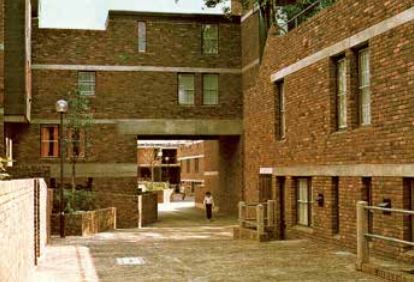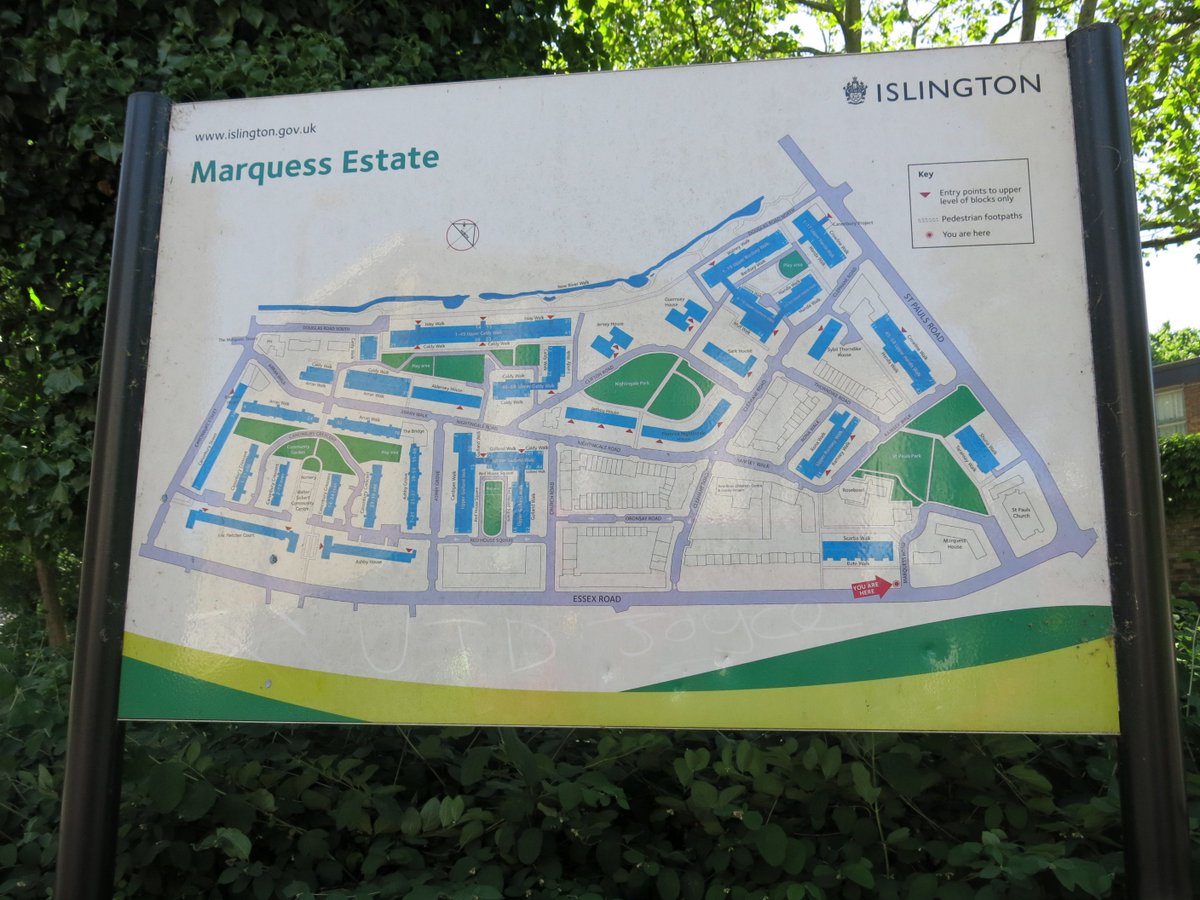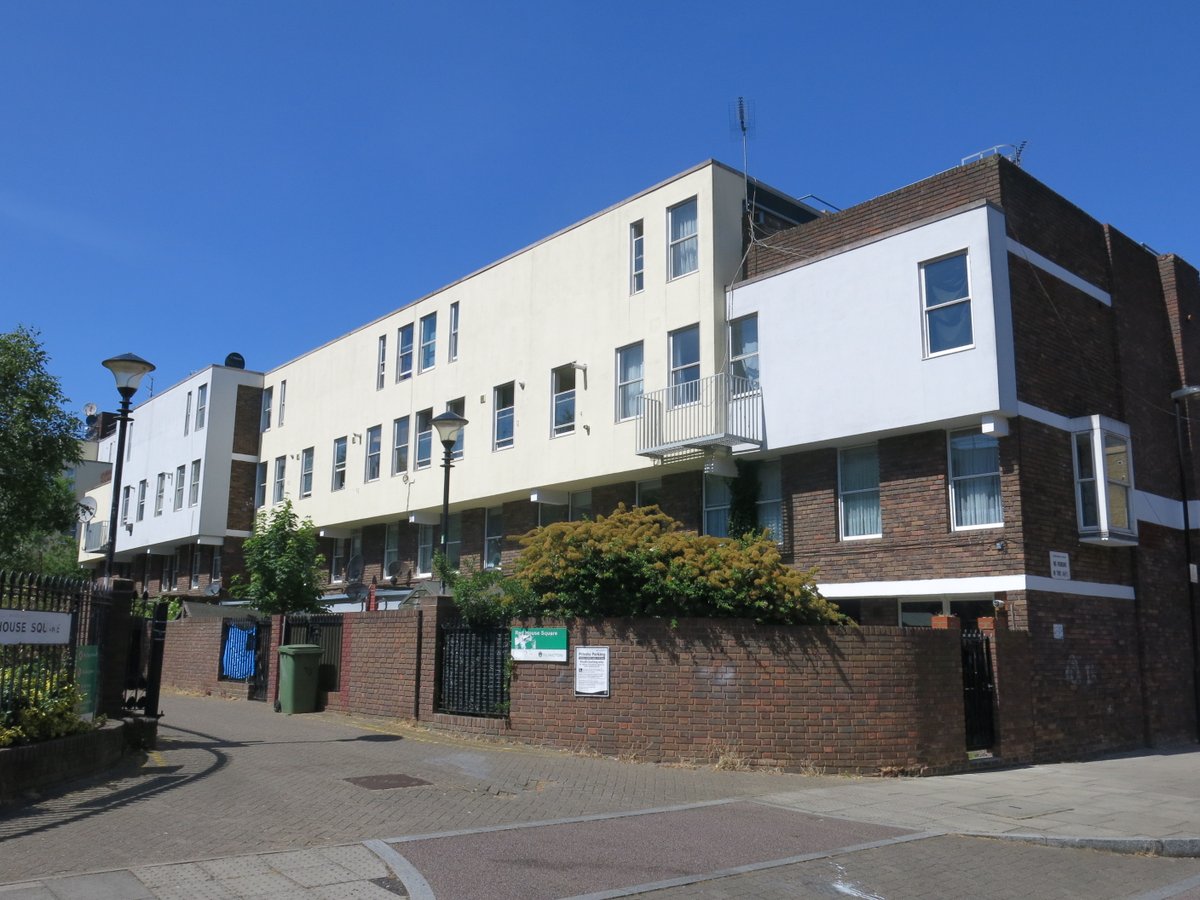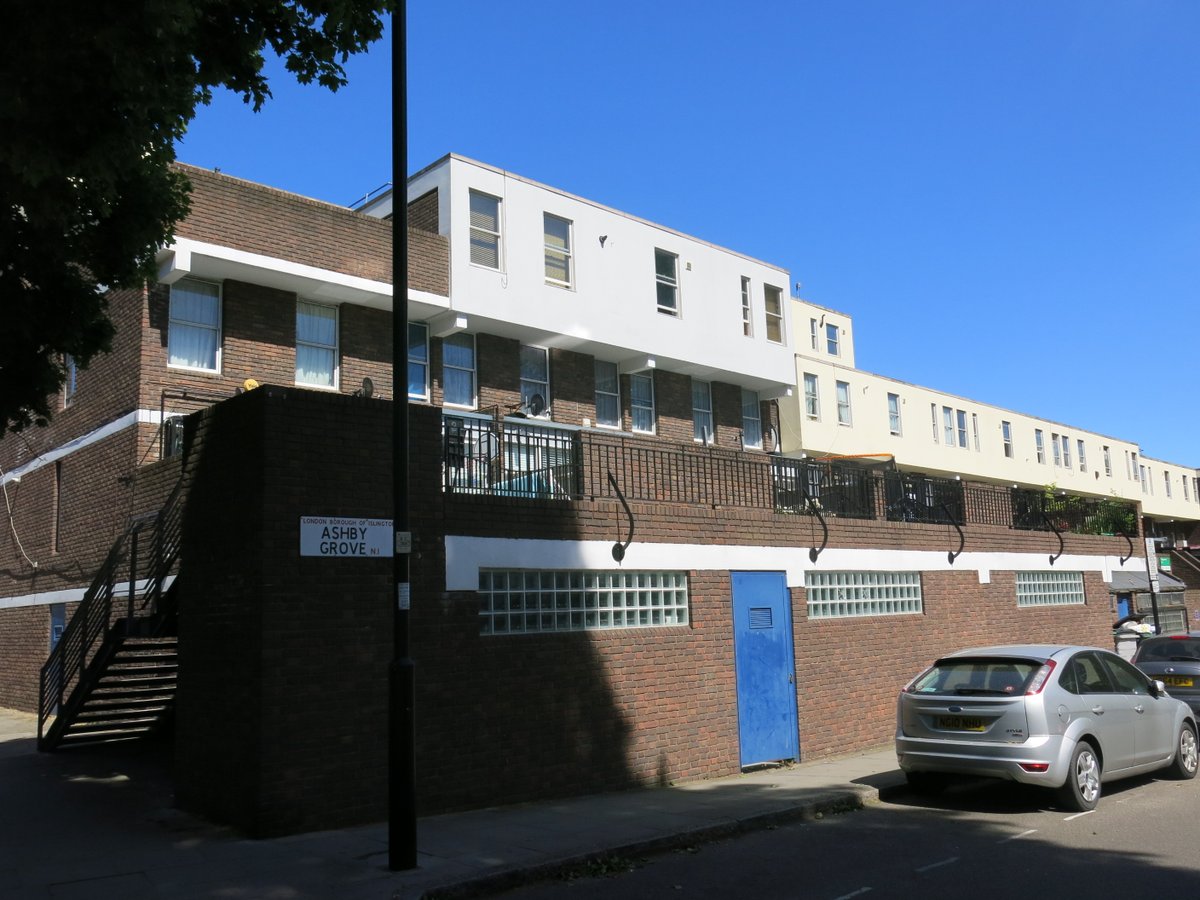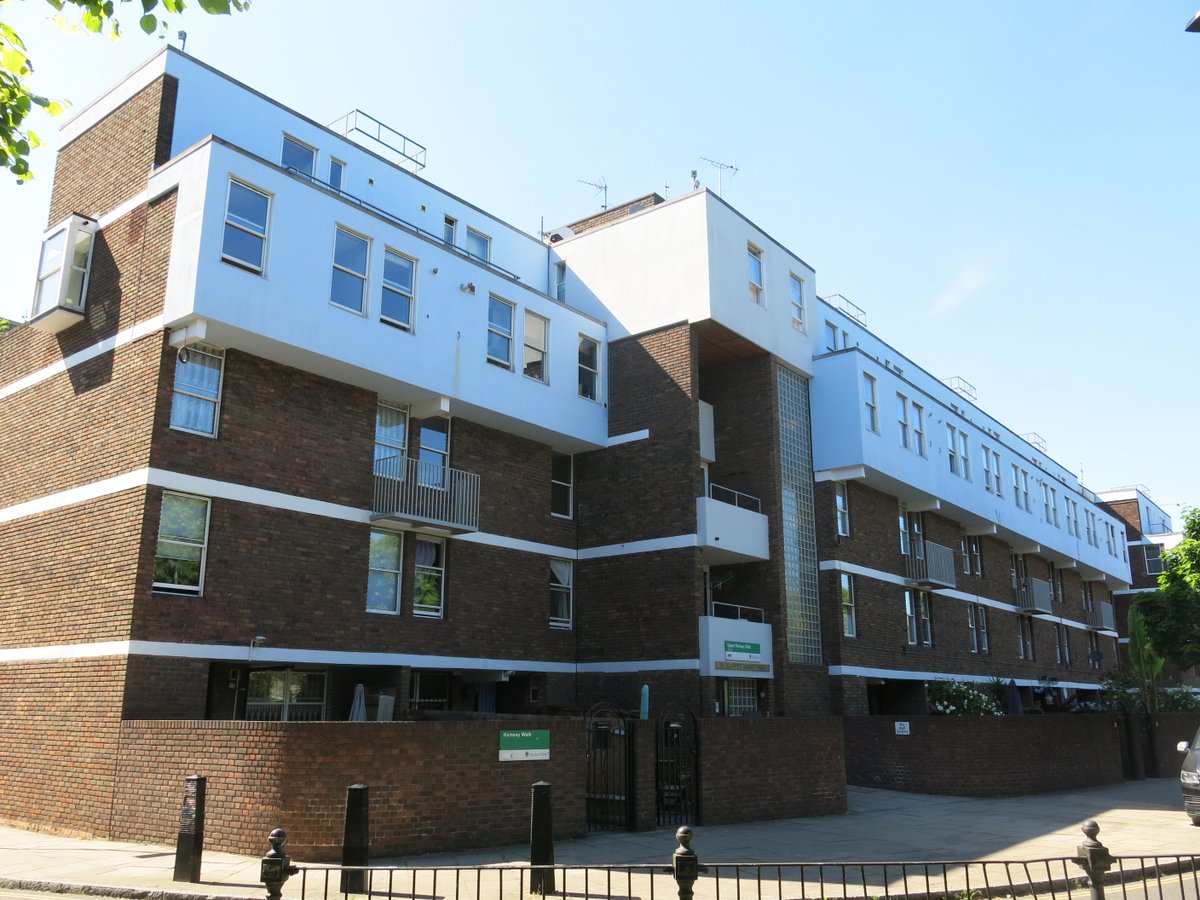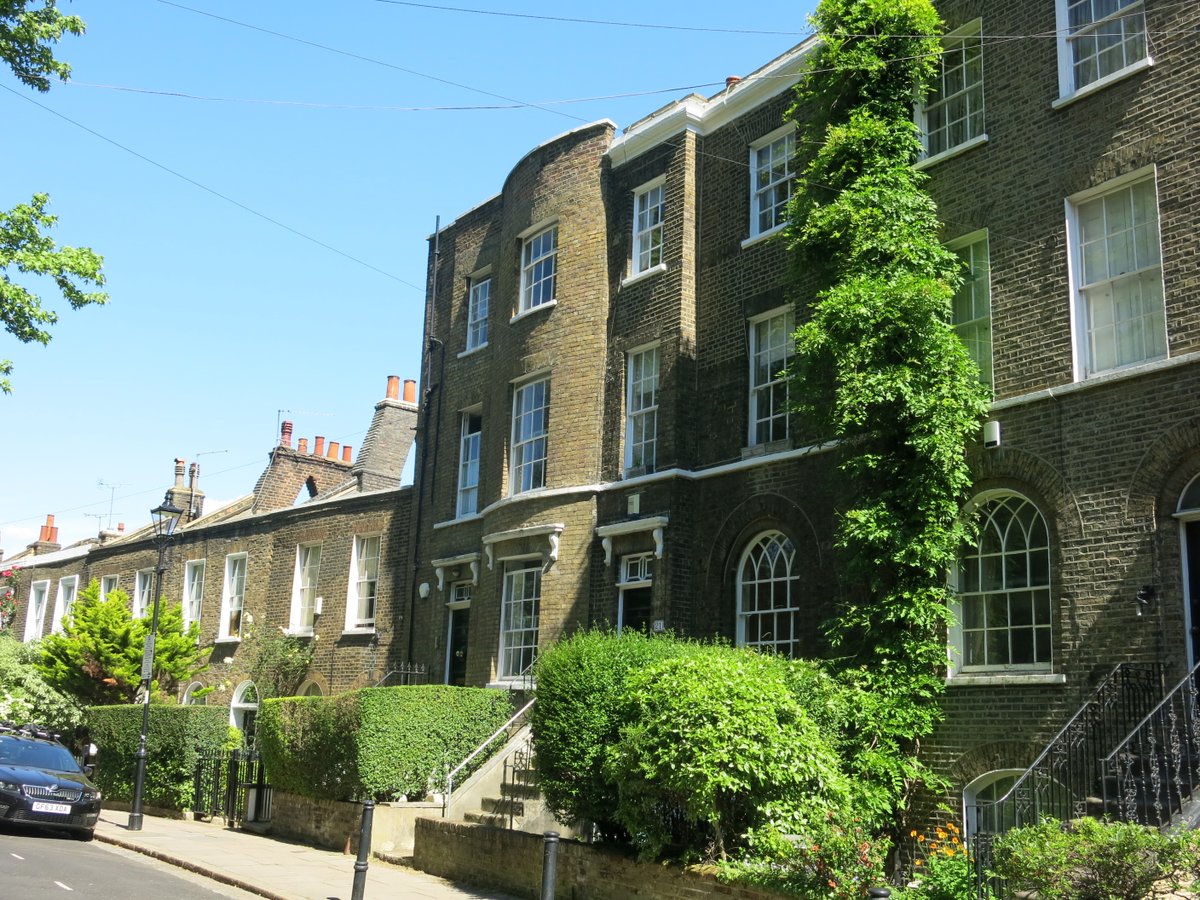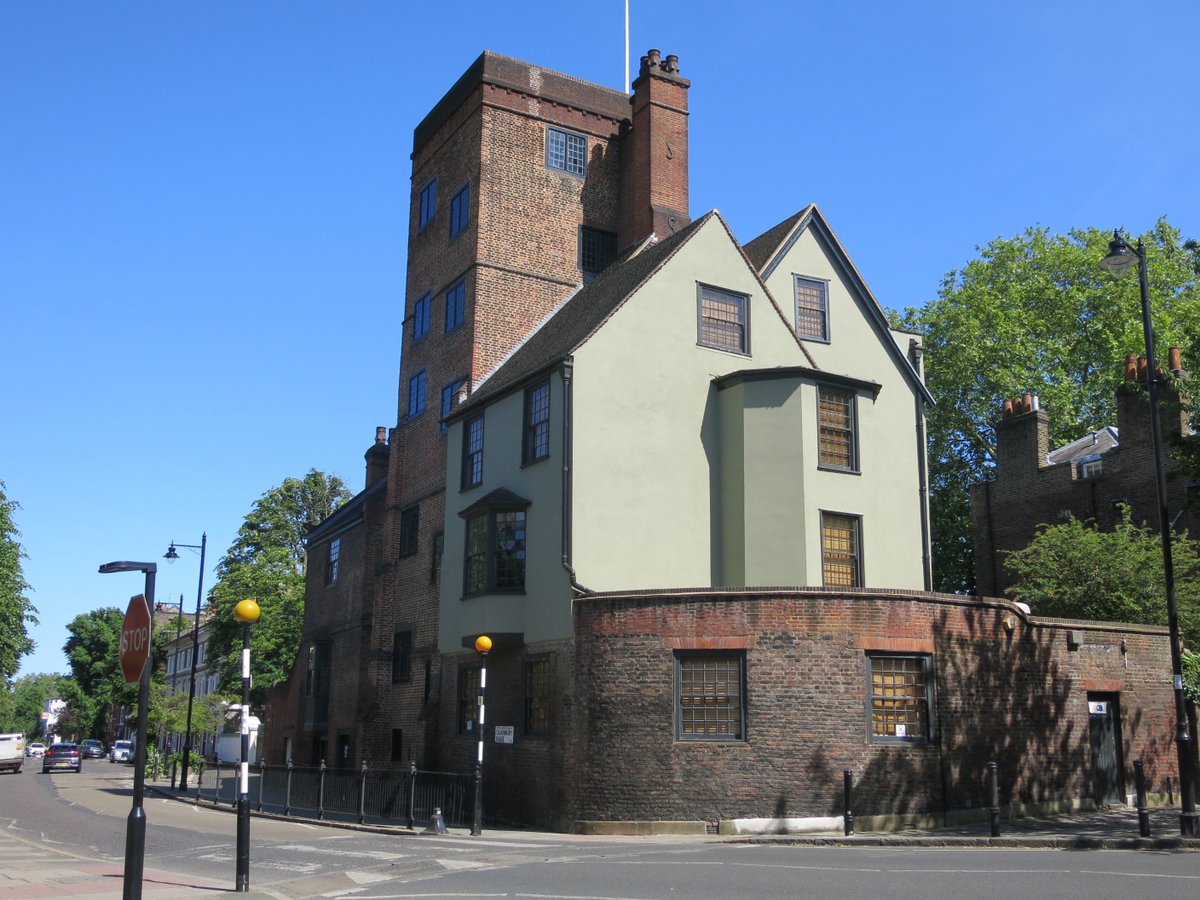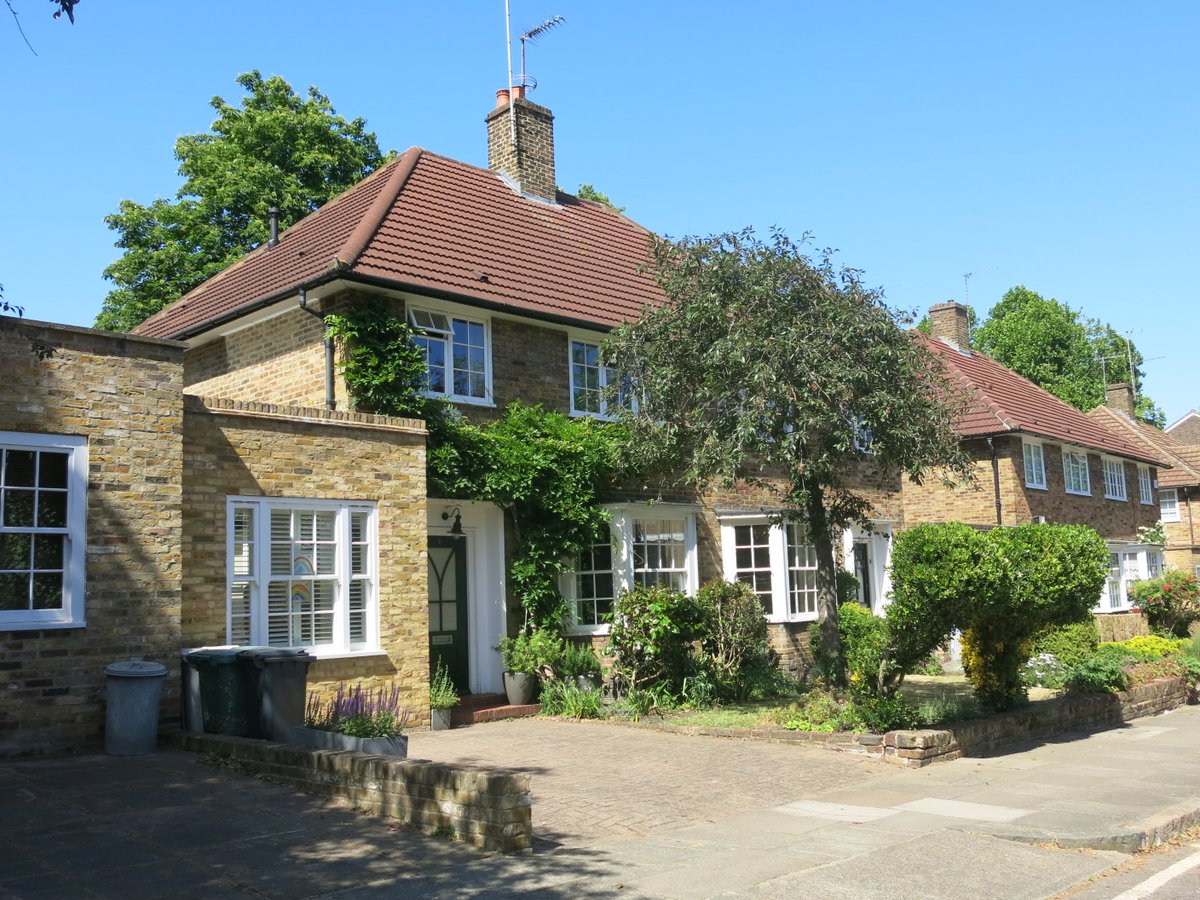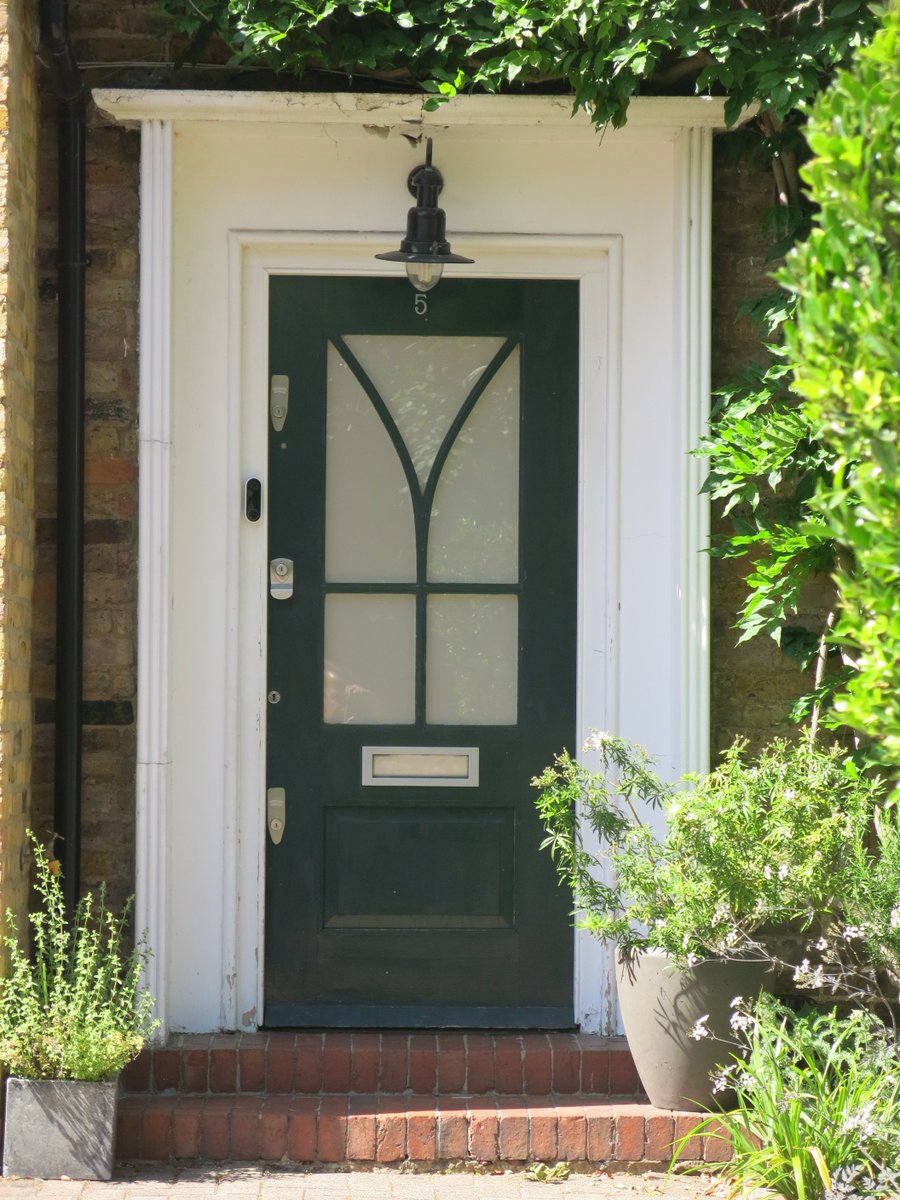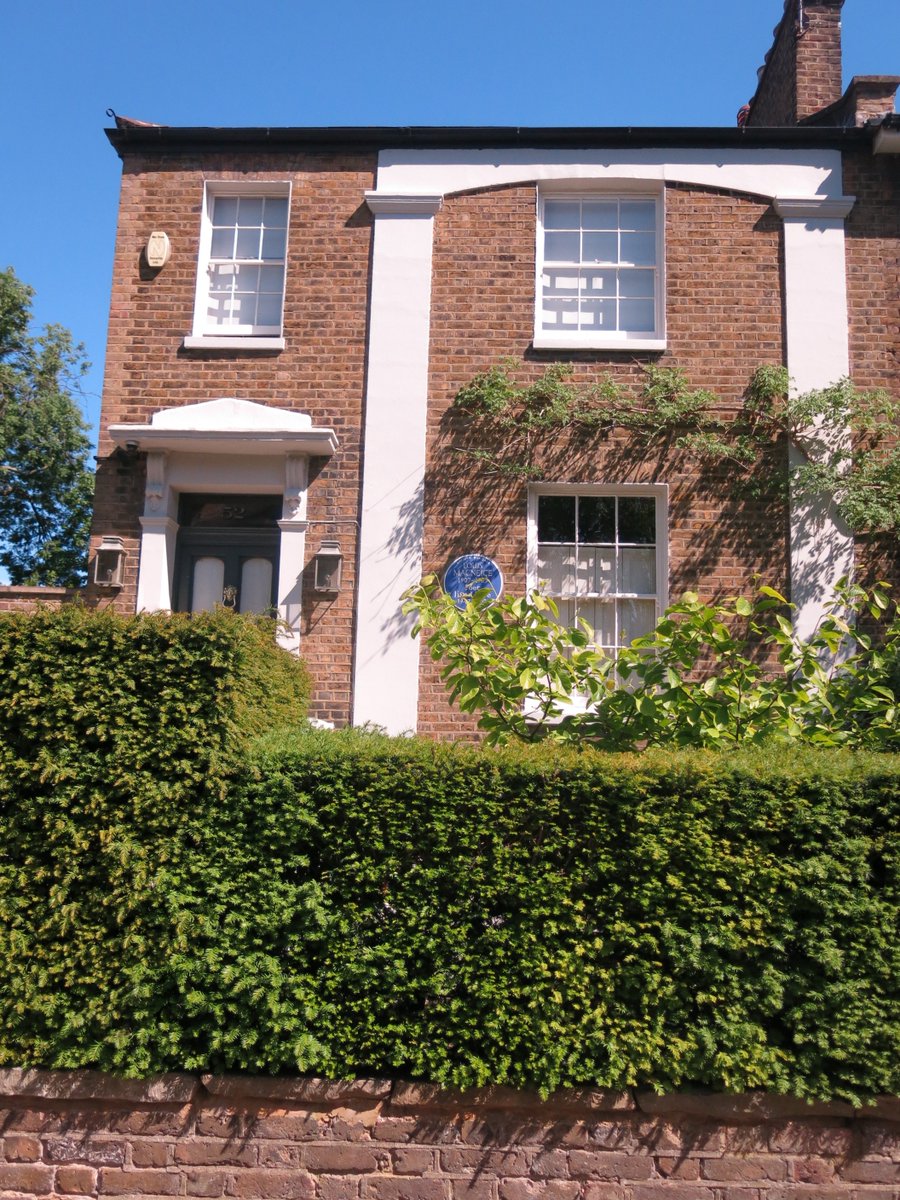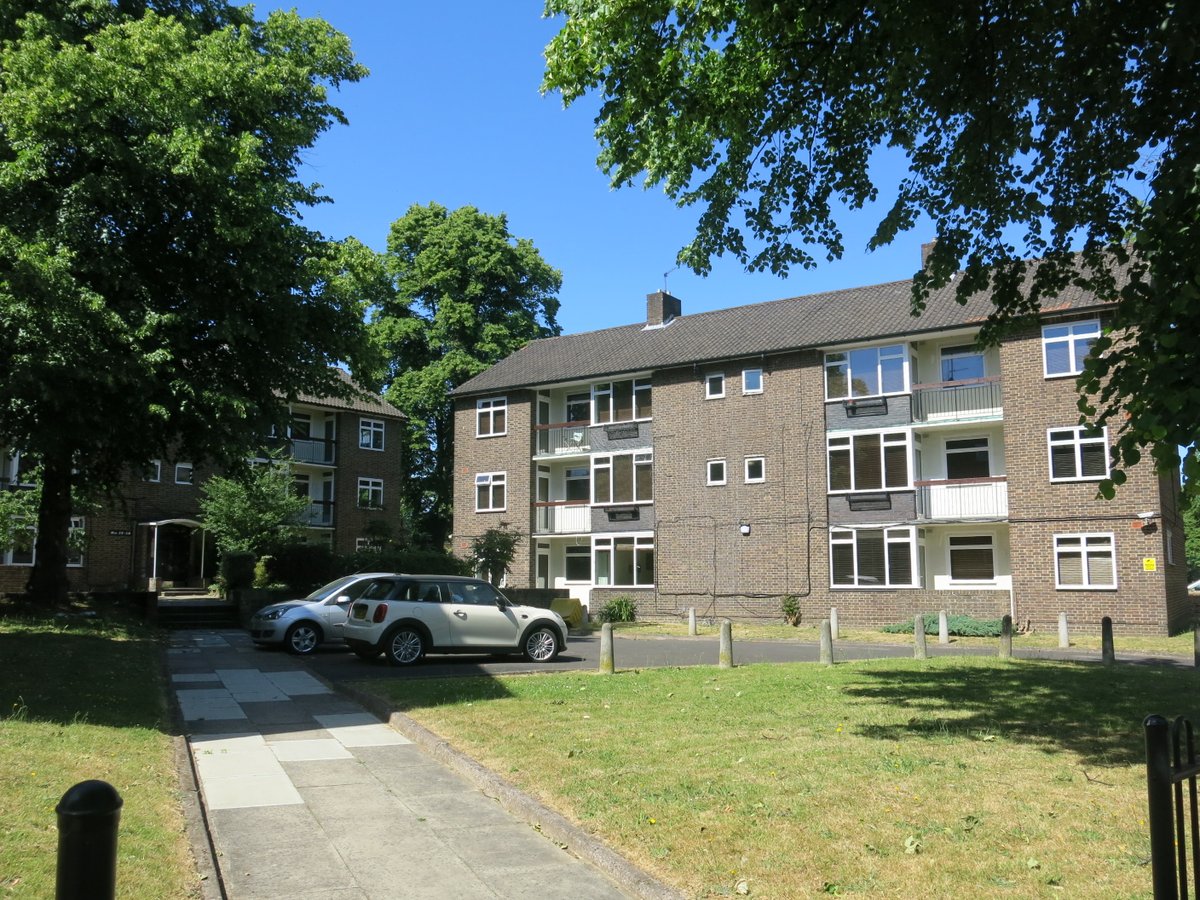1/ THREAD: a bike ride through Islington to Canonbury, starting at the new Packington Estate, designed by Pollard Thomas Edwards for the Hyde Housing Association. It& #39;s a mixed development scheme comprising 790 homes: 300 for private sale and 490 for social rent.
2/ There was a net loss of 48 social rented homes from the old estate but at least these perfect new ‘Victorian’ terraces on Union Square are all social rent homes.
3/ The demolition of Victorian terraces to build the mid-1960s council estate was controversial. It provided 538 homes in six-storey slab blocks using the Large Panel System. After the 1968 Ronan Point explosion, the estate was judged unsafe and scheduled for demolition in 2004.
4/ Moving north across Prebend Street you come to the Cumming (no ‘s’!) Estate and Finnemore House. It’s an early post-war London County Council scheme built to a tried and trusted formula – a five-storey, walk-up, balcony access tenement block.
5/ Isleden House further long Prebend Street is an interesting development. Built in 1948 by the Trustees of the London Parochial Charities and transferred to the City of London in 1953; innovative – then and now – in its mix of 43 flats for general needs and 33 sheltered.
6/ In 2010, Dolly Wren had lived there sixty years – from young bride to great-grandmother, moving home as her circumstances altered.
7/ Heading east, you come to the Popham Estate designed by Andrews Sherlock and Partners for Islington Borough Council and completed in 1974. It marked the backlash against high-rise and the shift to low-rise, high-density housing and the use of more traditional materials.
8/ Tibberton Square was built by hat manufacturer Thomas Wontner in 1827. The square was acquired by Islington Borough Council in 1970 and restored and converted to flats by Andrews, Sherlock and Partners.
9/ Horsfield House, part of the Newbery Estate, stands on Essex Road – a six-storey block built by the London County Council in 1957. It marks the mid-50s shift towards more modernist form.
10/ Just next to it on Northampton Street is Newbery House which, I think, dates to the late 1930s – a far more traditional design.
11/ Along Essex Road you come to Bentham Court, designed by ECP Monson for Islington Metropolitan Borough Council and opened by PM’s wife, Violet Attlee, in 1949. Modernised, with added pitched roof, in 1985. You can read more on Monson here:
https://municipaldreams.wordpress.com/2019/11/26/ecp-monson-a-thoughtful-and-proudly-municipal-architect/">https://municipaldreams.wordpress.com/2019/11/2...
https://municipaldreams.wordpress.com/2019/11/26/ecp-monson-a-thoughtful-and-proudly-municipal-architect/">https://municipaldreams.wordpress.com/2019/11/2...
12/ To the east off Essex Road is Sickert Court built by Islington Metropolitan Borough Council in 1948, with elements of pre-war modernism within its more traditional form. It’s built on the site of the artist Walter Sickert’s studio.
13/ Further east you come to Bute Walk, a surviving element of the original Marquess Estate, built by Islington Borough Council and opened by PM Harold Wilson in March 1975 who described it as a ‘magnificent achievement’.
14/ The estate was designed by Darbourne and Dark: a series of streets and alleys of mostly family houses with gardens around a series of green spaces. Here’s an early image and surviving sign.
15/ Pevsner described it as & #39;informal to the point of confusion& #39; and it rapidly became notorious for crime and antisocial behaviour, blamed on its illegible design and lack of ‘defensible space’. The flats were said to be noisy, some damp. Red House Square was remodelled in 1995.
16/ The estate was thoroughly remodelled in the 1990s by the demolition of 460 of its homes and the restoration of a simpler street pattern. It’s been rebranded the New River Green Estate.
17/ Looping back west, you come to Canonbury Grove, Georgian cottages and townhouses built in the 1820s.
18/ Heading north across the New River, you reach Canonbury Park South. To the west lies Islington’s first multi-storey, Canonbury Tower, the Borough’s oldest building, dating to the early C16th though remodelled and expanded since.
19/ By the mid-C20th, Canonbury was an area in decline. In 1943, the Northampton Estate, who owned the land, sought to raise its social cachet by appointing Louis de Soissons to comprehensively re-plan the area. He designed these homes including their distinctive front doors.
20/ Iver Court (to the left) and Stanley Lodge were built in the 1950s by the Metropolitan Police Authority to house police officers.

 Read on Twitter
Read on Twitter